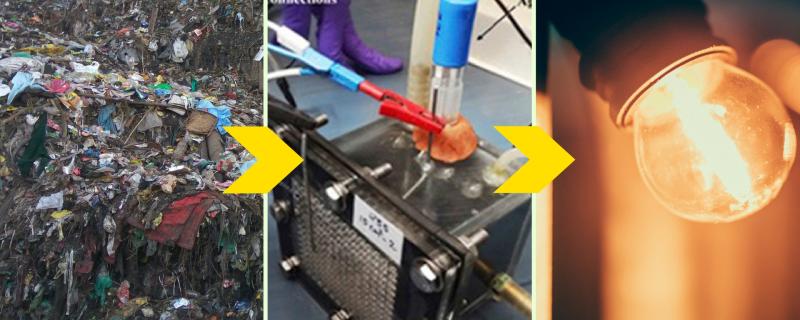Researchers developed a granular power generation and grid operations model to evaluate pathways to India’s 2030 renewable energy mandate. The study shows that regional coordination and flexible compliance mechanisms are key, along with measured storage and a phased coal transition, balancing flexibility, affordability, and reliability for India’s clean energy transition.
A new review reveals that rising global temperatures, increased pollution, and extreme weather events are driving a global surge in eye diseases, disproportionately affecting vulnerable communities and challenging healthcare systems.
Roorkee/

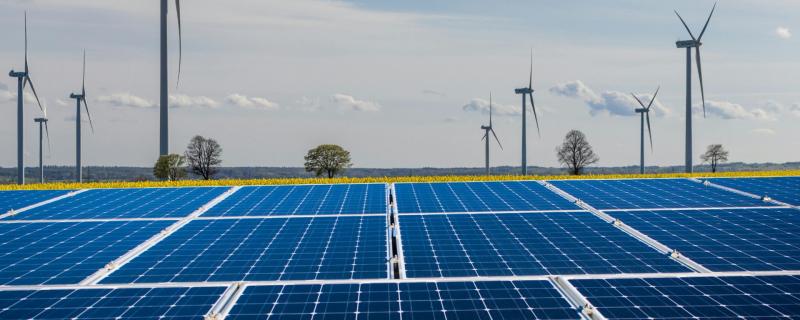
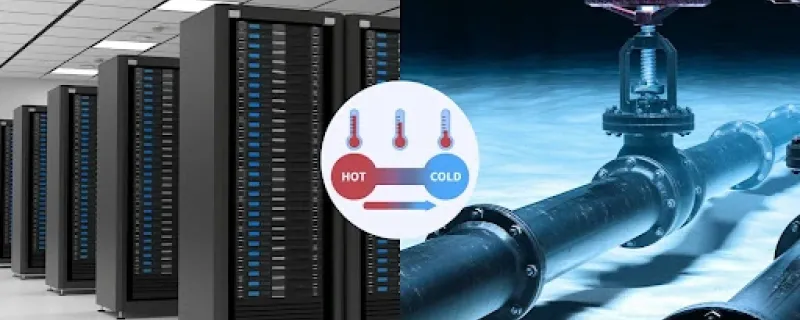
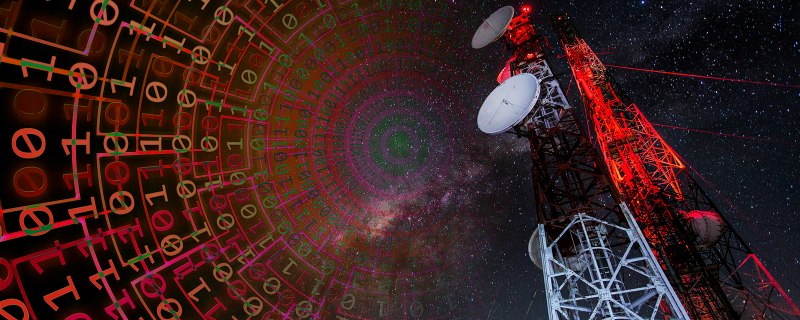
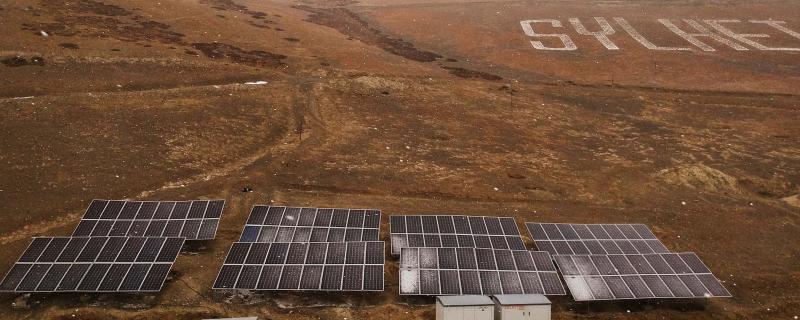


![Image for representational purposes only [Photo by American Public Power Association on Unsplash] Azure lockdown skies resulted in higher solar power generation, study shows](/sites/researchmatters/files/styles/large_front_800x320/public/solar_28jul.jpg?itok=dW-m0Suo)

